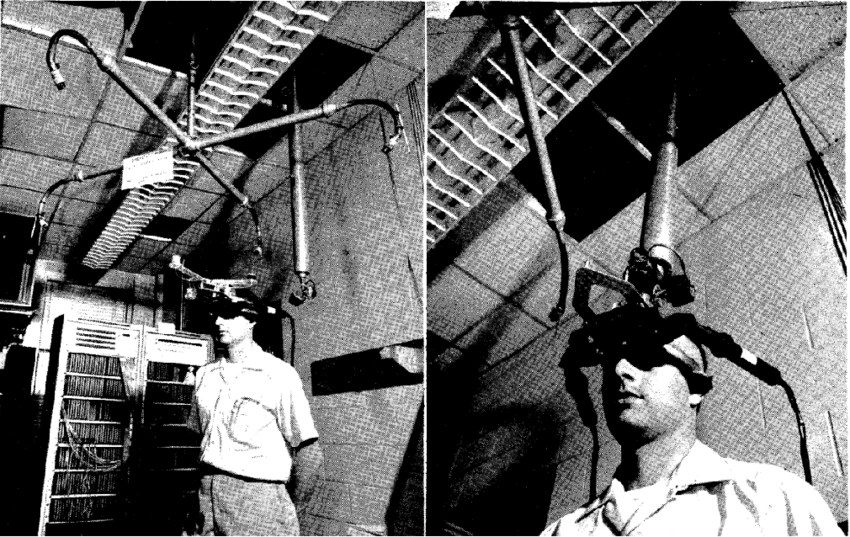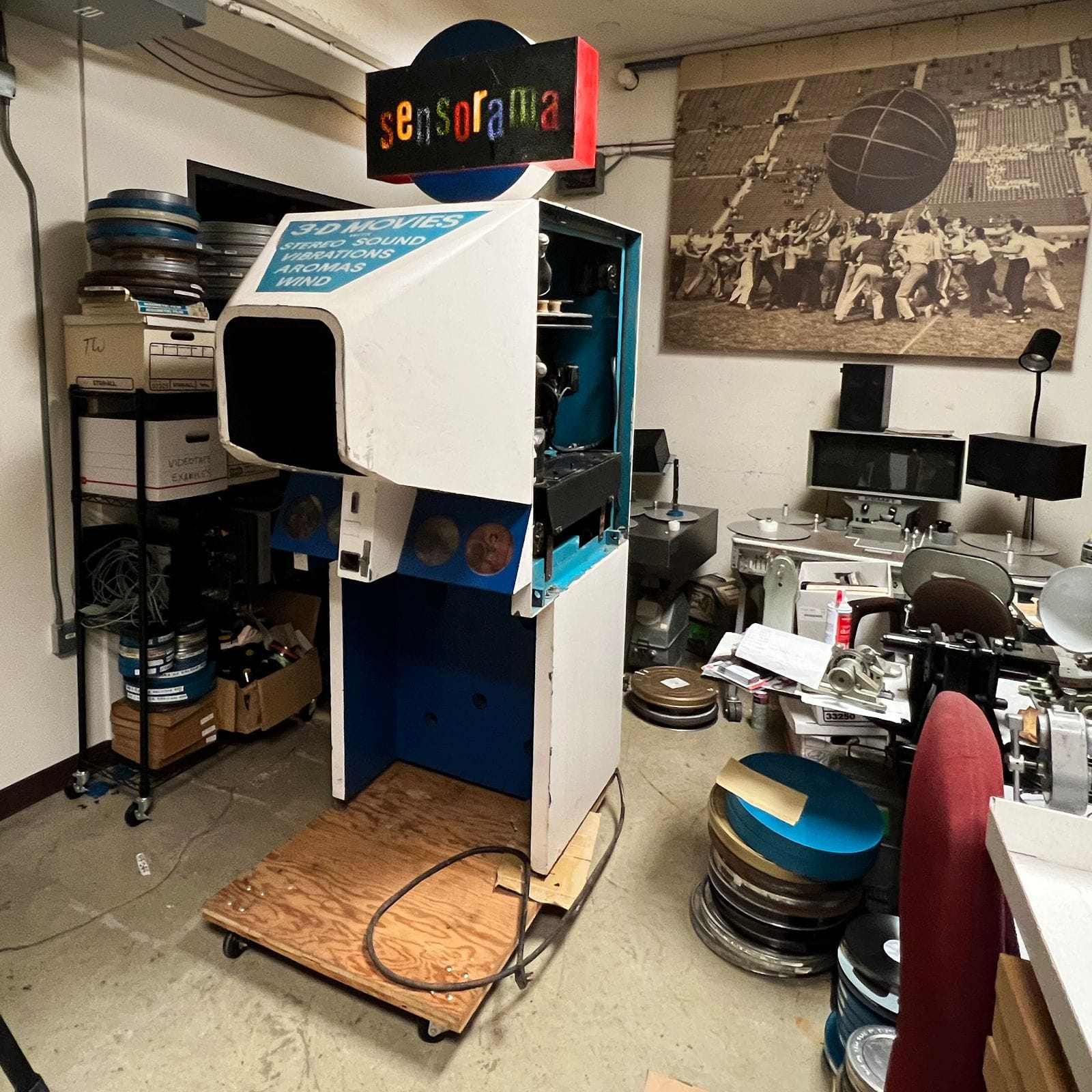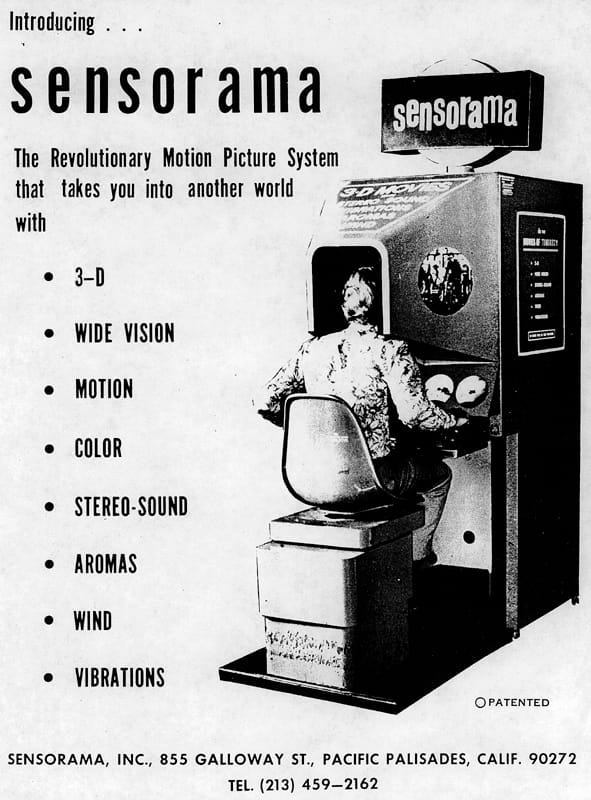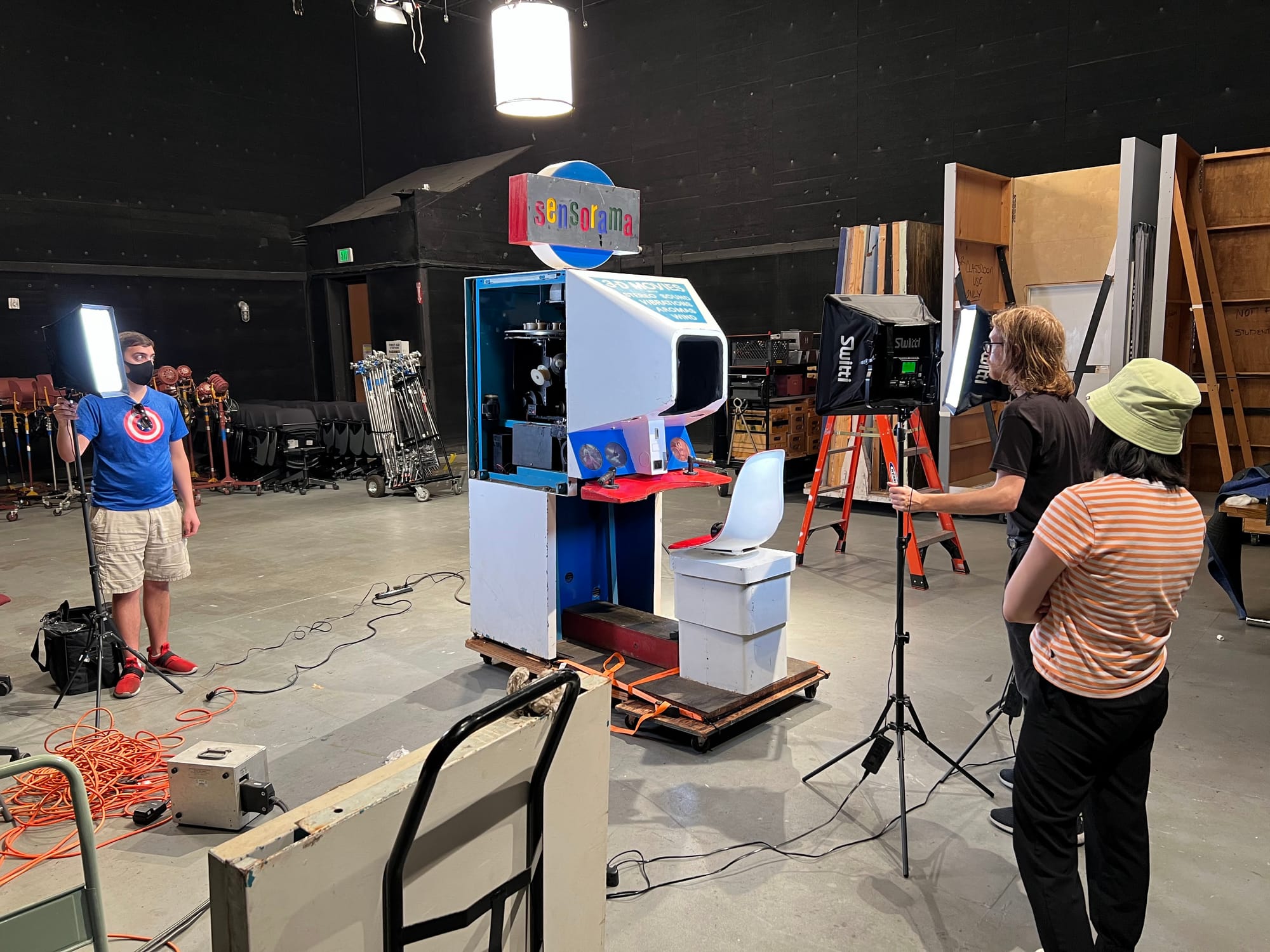A Journey from the Sword of Damocles to Meta Quest 3
The Sword of Damocles may have been the first VR headset on Earth, but it felt like a time machine or a portal to another world you chose.

Hey, VR enthusiasts! Virtual Reality (VR) is gaining popularity beyond the gaming realm. We all understand the benefits of VR – it allows us to experience dreams that we might otherwise forget. With VR, we can remember and even capture our dreams, transporting us into a fantastical world of our imagination. The beauty of VR lies in its ability to turn our wildest imaginings into sweet reality.
I plan to delve into the potential of VR, but first, let's discuss how the game began. Who pioneered the first VR headset and launched us into the first VR world? I've conducted thorough research on this topic and am excited to share my insights.

Ivan Sutherland is the man behind this entire fantastic innovation. I'm amazed at his imagination; he probably couldn't have predicted how much future generations would embrace it. The Sword of Damocles may have been the first VR headset on Earth, but it felt like a time machine or a portal to another world you chose.
Simply beautiful…
Timeline of VR Industry Inventions
This timeline showcases major milestones from humble beginnings to potentially groundbreaking future innovations within Virtual Reality industry inventions.
Here's a timeline of VR industry inventions from 1960 to 2024:
1960s
- 1961: Morton Heilig patents the Sensorama, an immersive experience machine with stereoscopic vision, wind, vibration, and smells.
- 1963: Ivan Sutherland invents Sketchpad, an early computer-aided design program that foreshadows VR interaction.
- 1966: Ivan Sutherland and Bob Sproull create the first head-mounted VR display, the "Sword of Damocles".



Here you go for 3D model: https://sketchfab.com/3d-models/morton-heiligs-sensorama-cb280f27f015457e8092d783d222538b
1970s
- 1972: Myron Krueger invents VIDEOPLACE, an early immersive virtual environment room.
- 1977: Sutherland's Headset II was developed by Sutherland with improvements to the original design.
1980s
- 1982: VPL Research introduces the EyePhone head-mounted display, one of the first commercially available VR headsets.
- 1987: NASA uses the Virtual Reality Visualization Laboratory (VRL) for space mission simulations.
- 1989: The VFX simulator for the movie "The Abyss" pushes the boundaries of VR experiences.
1990s
- 1990: The Virtual Reality Modeling Language (VRML) is created, allowing for the creation of 3D virtual worlds on the web.
- 1993: SEGA releases the arcade VR system "Sega VR-1".
- 1995: Nintendo unveils the Virtual Boy console, a head-mounted VR device for home use (commercially unsuccessful).
2000s
- 2001: The PlayStation 2 EyeToy camera is released, enabling early augmented reality (AR) experiences.
- 2007: The first iPhone is released, paving the way for future mobile VR applications.
- 2009: Oculus VR is founded, sparking a renewed interest in consumer VR.
The PlayStation 2 EyeToy camera
2010s
- 2012: The Oculus Rift Kickstarter campaign is a massive success, raising millions for a VR headset.
- 2014: Google Cardboard, a low-cost smartphone VR viewers, was introduced.
- 2016: HTC Vive and PlayStation VR launch, the first high-end home-based VR systems.
- 2017-2018: Oculus Rift S, Oculus Quest, and Valve Index are released, offering a wider range of VR experiences for different budgets and needs.
2020s
- 2020: Sony releases the PlayStation VR2, an upgrade to the original PSVR headset.
- 2023: Meta announces the Meta Quest 3, a standalone VR headset with improved processing power and resolution. (expected release)
- 2024 (and beyond): Continued development in VR hardware and software with a focus on making VR more accessible, powerful, and user-friendly. Advancements in areas like hand tracking and eye tracking, as well as lighter, more comfortable headsets, are anticipated.
This is not an exhaustive list, but it highlights some major milestones in the VR industry's development. The future of VR holds a lot of promise, with potential applications in various fields beyond gaming and entertainment.